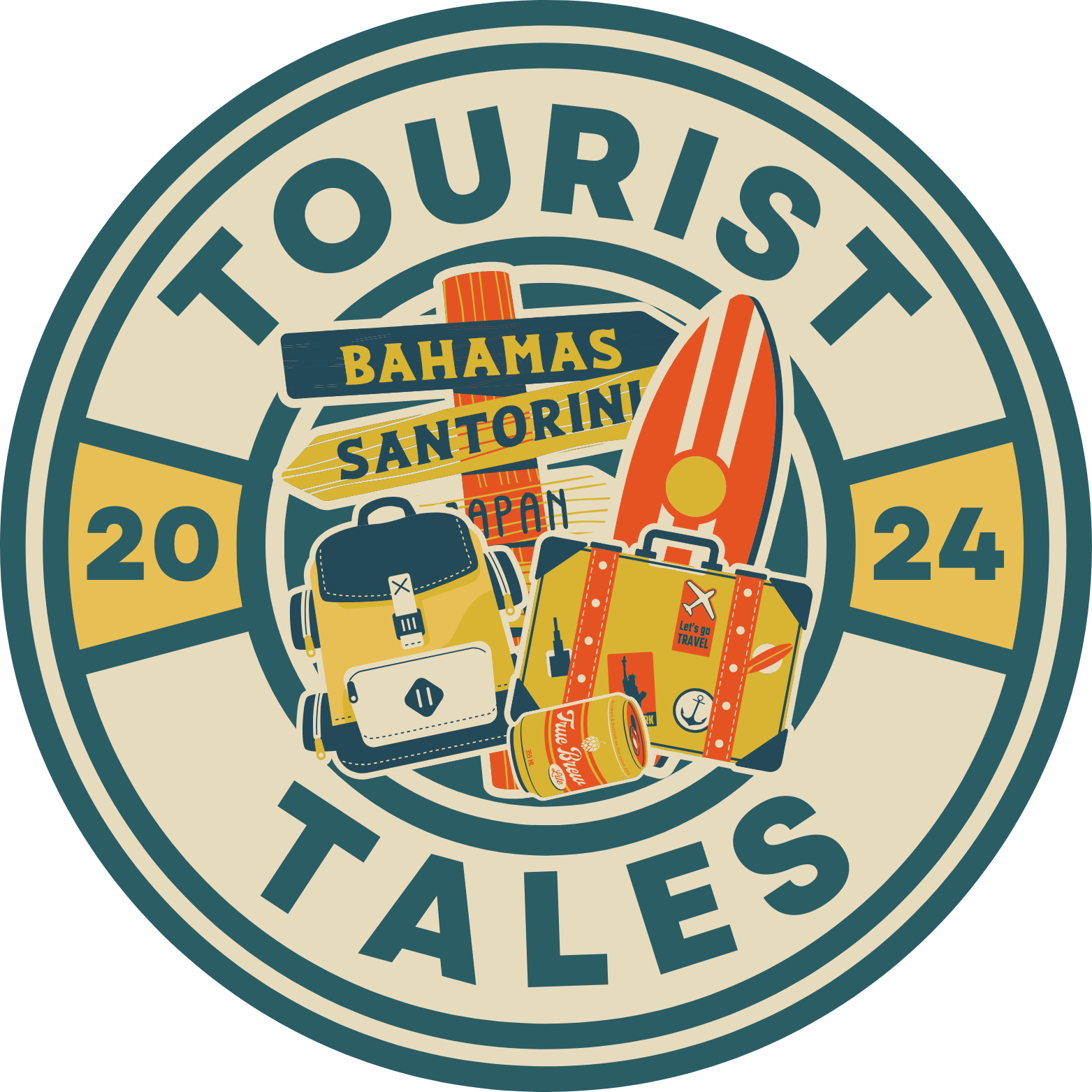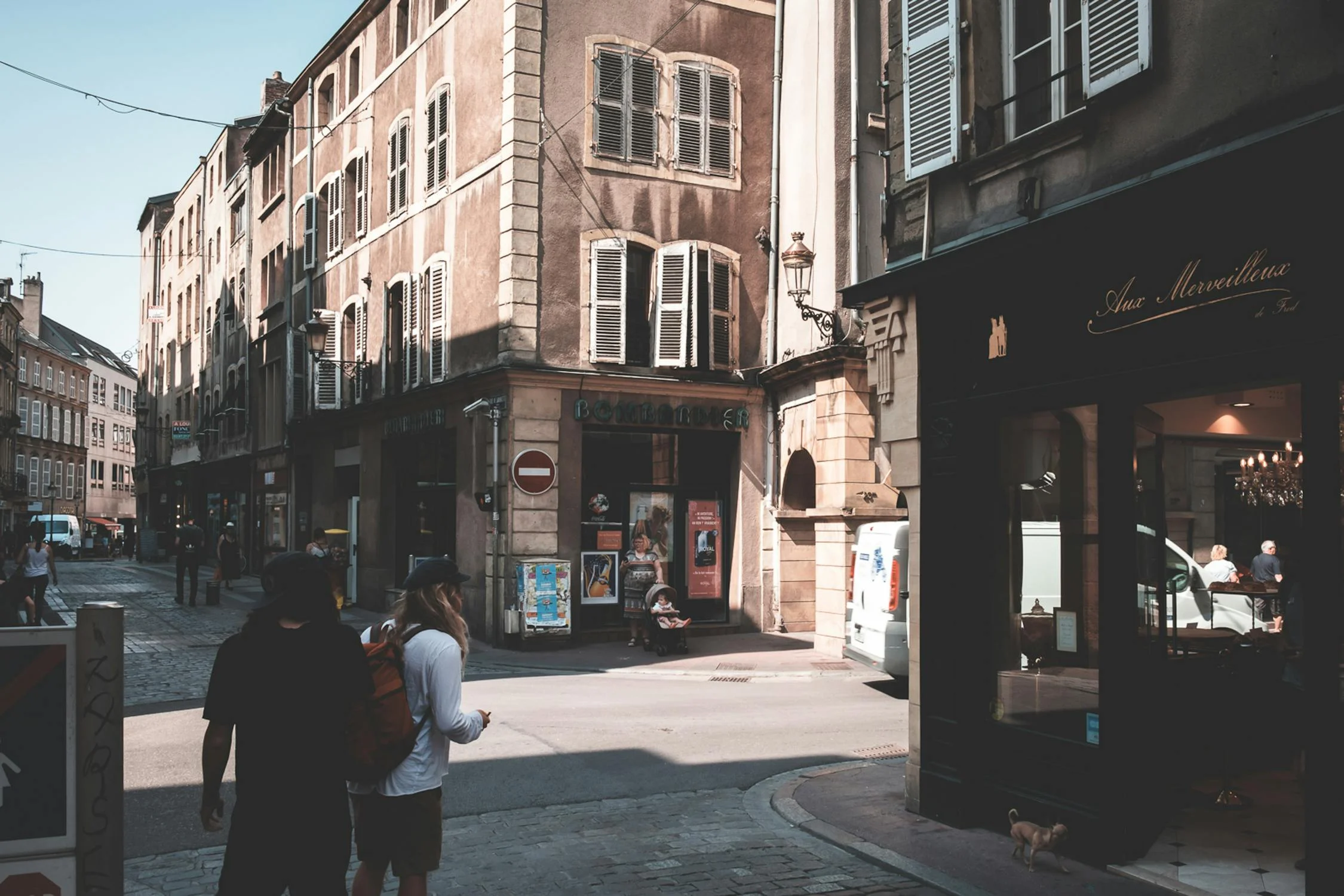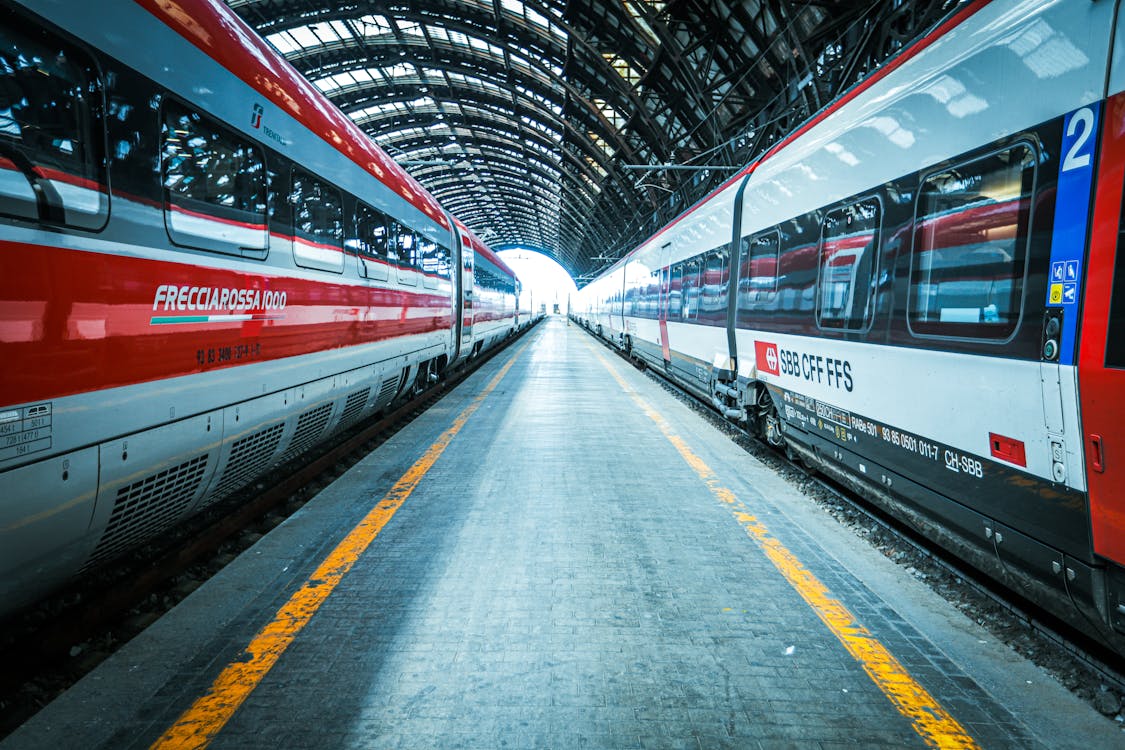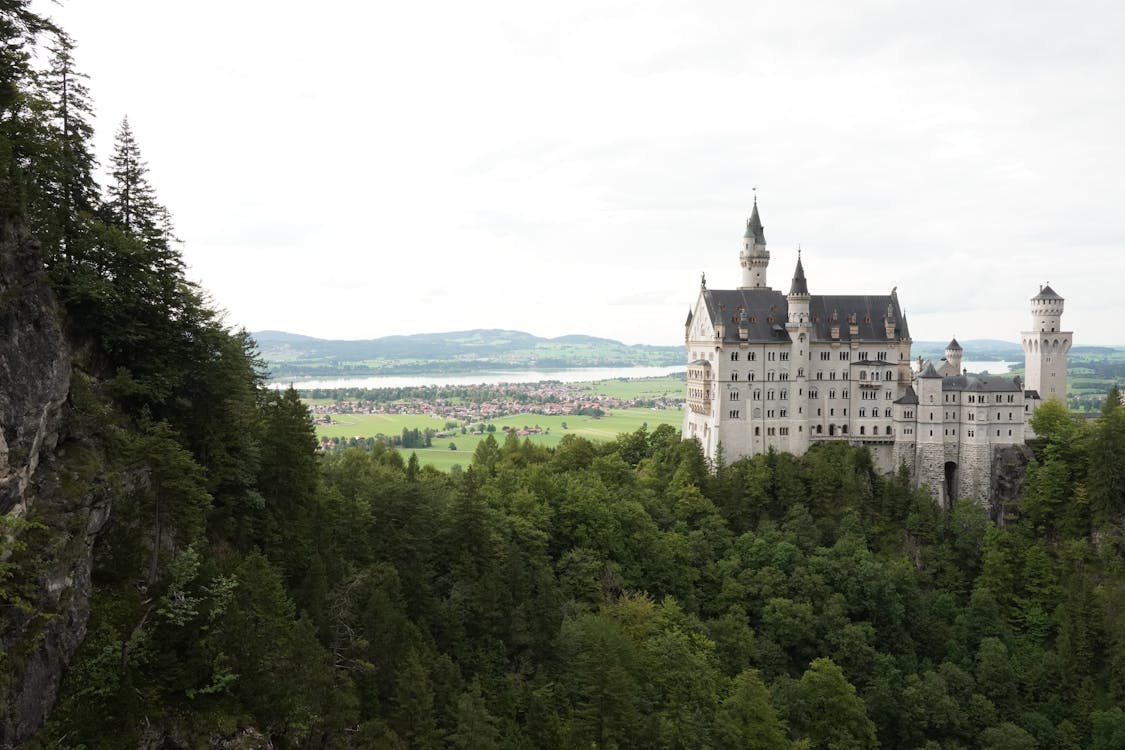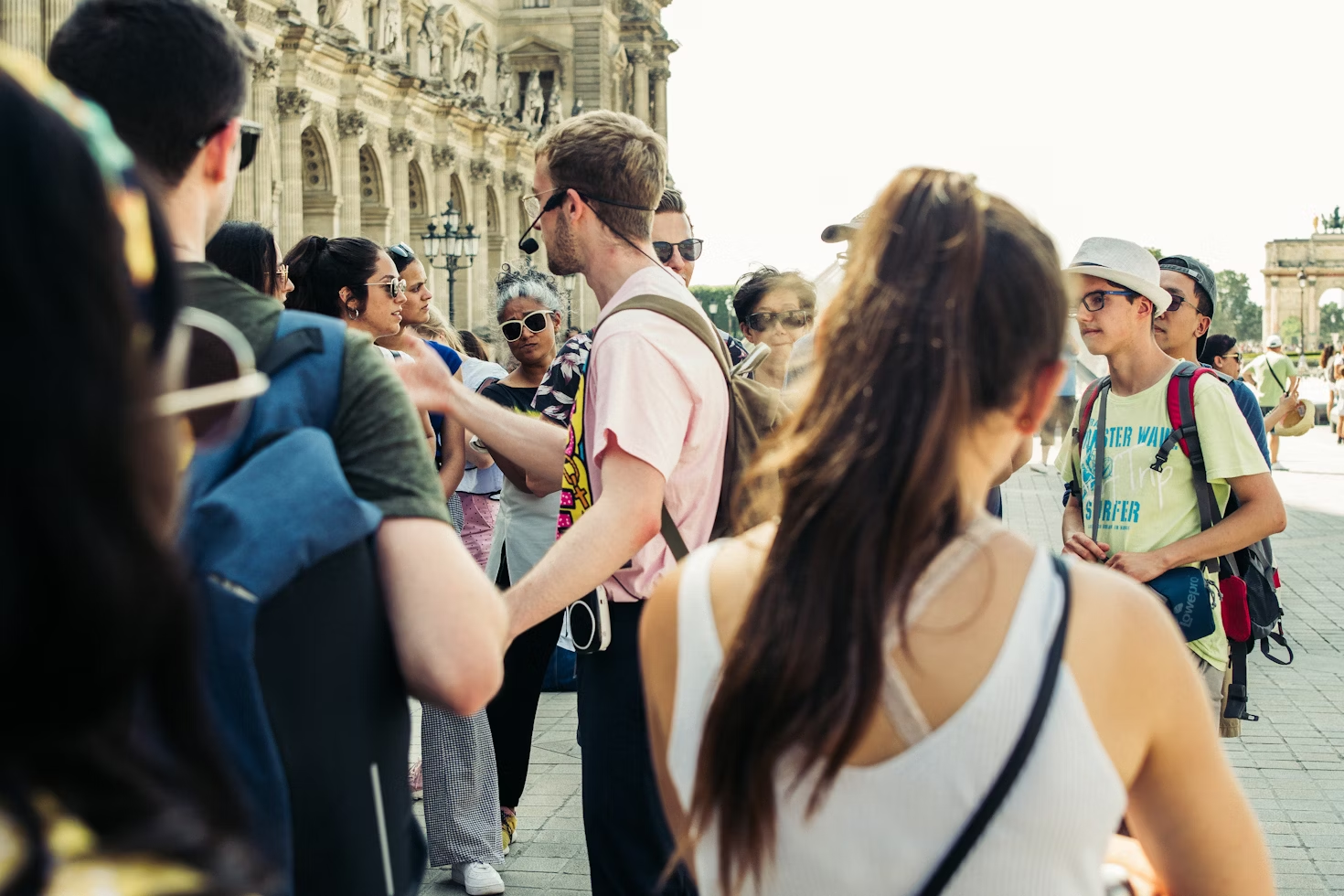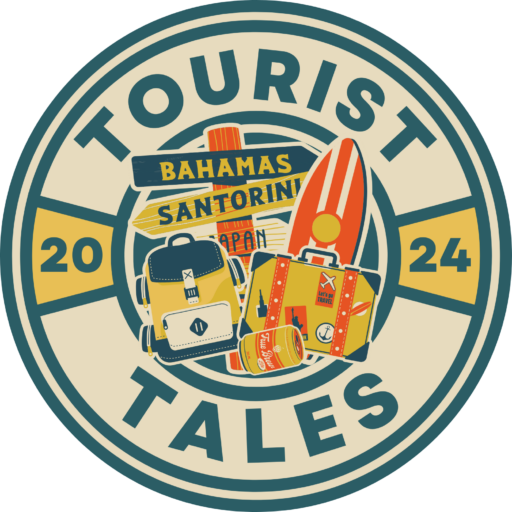Europe’s charm isn’t limited to long vacations. Even with just 48 hours, you can dive into vibrant histories, savor culinary delights, and immerse yourself in distinct cultures. City breaks offer a perfect escape even when time is tight.
Whether you’re working with a small budget or few vacation days, a whirlwind trip can still be fulfilling. This guide shows how two days are enough for adventure and discovery.
- Walk iconic landmarks like cathedrals and squares.
- Taste local dishes in authentic eateries.
- Explore hidden alleyways and boutiques.
- Visit renowned museums and galleries.
- Catch panoramic city views from hilltops.
- Experience the nightlife in local hotspots.
- Enjoy morning coffee at bustling street cafes.
- Visit markets for unique souvenirs.
Short trips aren’t just quick getaways—they’re bursts of unforgettable experiences. In just two days, you can uncover iconic landmarks, dive into local secrets, and create stories worth sharing for years to come.
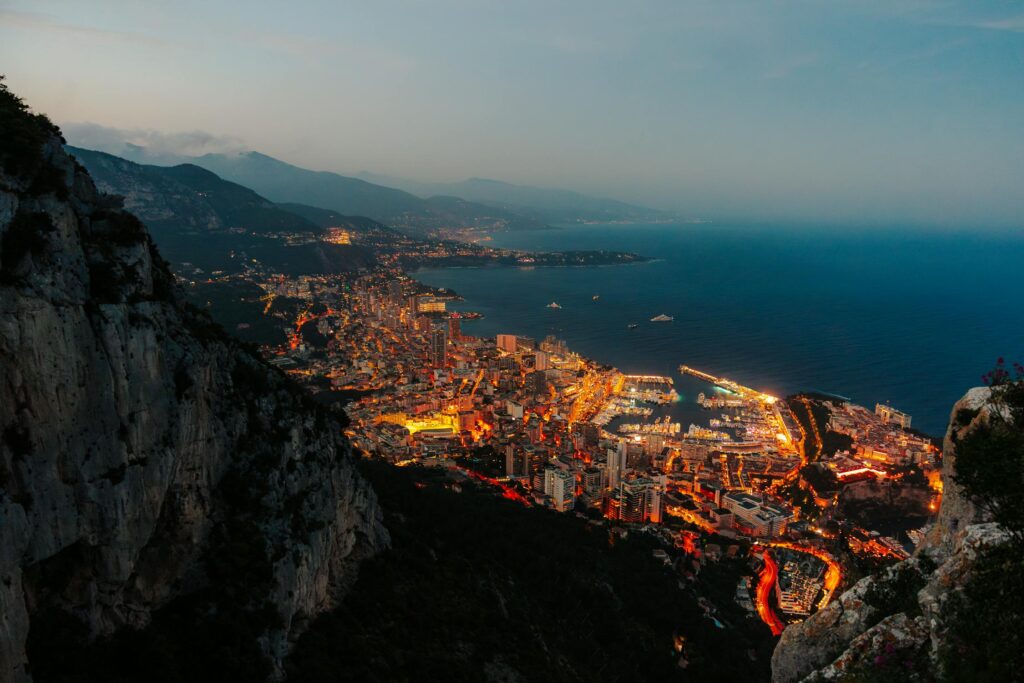
Top European Cities For 48-Hour Trips
When you’re working with just 48 hours, strategic planning is key to make the most out of your city break. Whether it’s iconic landmarks, buzzing districts, or local dining experiences, these cities will ensure your short trip is nothing short of magical.
Paris, France
Two days in Paris offer magic. Visit the Eiffel Tower early, explore the Louvre, wander Montmartre to Sacré-Cœur, and end with croissants and classic French cuisine.
Florence, Italy
In Florence, dive into its rich art and history. Visit the Uffizi Gallery for Botticelli and Michelangelo or marvel at the Florence Cathedral’s stunning architecture and dome views. End your day with gelato from Gelateria dei Neri and savor dishes like pasta al tartufo or Florentine steak—every bite is pure artistry.
Budapest, Hungary
Stroll through Budapest, where history meets charm. Explore Buda Castle for breathtaking Danube views, then unwind at Széchenyi Baths, a local favorite. End your day with a hearty bowl of goulash by the river.
Riga, Latvia
Riga’s charm shines on a weekend trip. Wander Old Town’s medieval streets and cozy spots, then explore the dreamy Art Nouveau District. Don’t leave without tasting grey peas with bacon—a local favorite.
Edinburgh, Scotland
Edinburgh feels like stepping into history. Explore Edinburgh Castle, hike Arthur’s Seat for stunning views, and enjoy a whisky tour. End your day in lively Old Town with music-filled pubs.
48-Hour Itineraries For Each City
Maximizing 48 hours in a European city is challenging yet incredibly rewarding. The key is prioritizing iconic landmarks and local experiences while leaving room for spontaneity. Here’s how you can break down two days in various cities to soak in the culture, history, and flavors of each destination like a pro.
Day 1 Highlights: Describe Must-See Sights And Activities To Prioritize On The First Day
The first day of any whirlwind trip is all about hitting the major landmarks. Set your alarm early and lace up your walking shoes—you’ll want to hit the ground running.
- Start With The Iconic Attractions: Begin your morning at the most famous site in your chosen city. In Rome, this could mean the Colosseum and Roman Forum; in Lisbon, perhaps the Belém Tower and Jerónimos Monastery. Wherever you are, take time to fully immerse yourself in the grandeur of these sites.
- Take A Walking Tour: Many cities, like Berlin or Prague, offer free or budget-friendly walking tours. It’s the best way to gain historical, cultural, and sometimes quirky insights from passionate locals.
- Lunch Like A Local: Midday is perfect for exploring a city’s authentic dishes. If you’re in Florence, opt for a simple panino al lampredotto from a street vendor. Visiting Budapest? Don’t skip the langos or hearty goulash at the Great Market Hall.
- Discover Hidden Gems: Use the afternoon to uncover lesser-explored spots. In Paris, this could mean wandering through Le Marais; in Barcelona, a leisurely stroll through El Born district often reveals boutique shops and authentic tapas.
- Dinner & Night Views: Cap the day with a scenic lookout. Many cities, from Athens’ Lycabettus Hill to Edinburgh’s Calton Hill, offer stunning panoramic views to enjoy as the sun sets. Grab dinner nearby—think traditional moussaka in Athens or haggis in Edinburgh.
Day 2 Highlights: Detail How To Wrap Up The Trip With Essential Experiences Before Departure
Day 2 is all about digging into the heart of the city while squeezing in those last essential stops.
- Start With A Vibrant Market: Cities like Madrid (visit Mercado de San Miguel) and Copenhagen (check out Torvehallerne) have vibrant food halls. It’s the perfect way to fuel up for the day with fresh pastries or local delicacies.
- Visit A Unique Museum Or Gallery: Choose a spot that’s central to the city’s personality. Think Van Gogh Museum in Amsterdam, Topkapi Palace in Istanbul, or Rijksmuseum for Dutch art enthusiasts. These often pair well with brunch stops nearby.
- Go Green: Parks and gardens offer a quick escape and a new side of the city. Head to Hyde Park in London or Park Güell in Barcelona for fresh air and great photo opportunities.
- Have A Leisurely Mealtime: Lunch on Day 2 is for savoring your trip’s flavors. Whether it’s Munich’s pork knuckle with a cold beer or Kraków’s pierogi, eat slow to appreciate every bite.
- Wrap It Up With A Local Flavor Souvenir: Hunt for keepsakes that remind you of the city’s culture—spices from Istanbul’s Grand Bazaar or Parisian macarons from a local patisserie.
Of course, don’t be afraid to stray off-course if something catches your eye—after all, the best travel memories often happen when you least expect them.
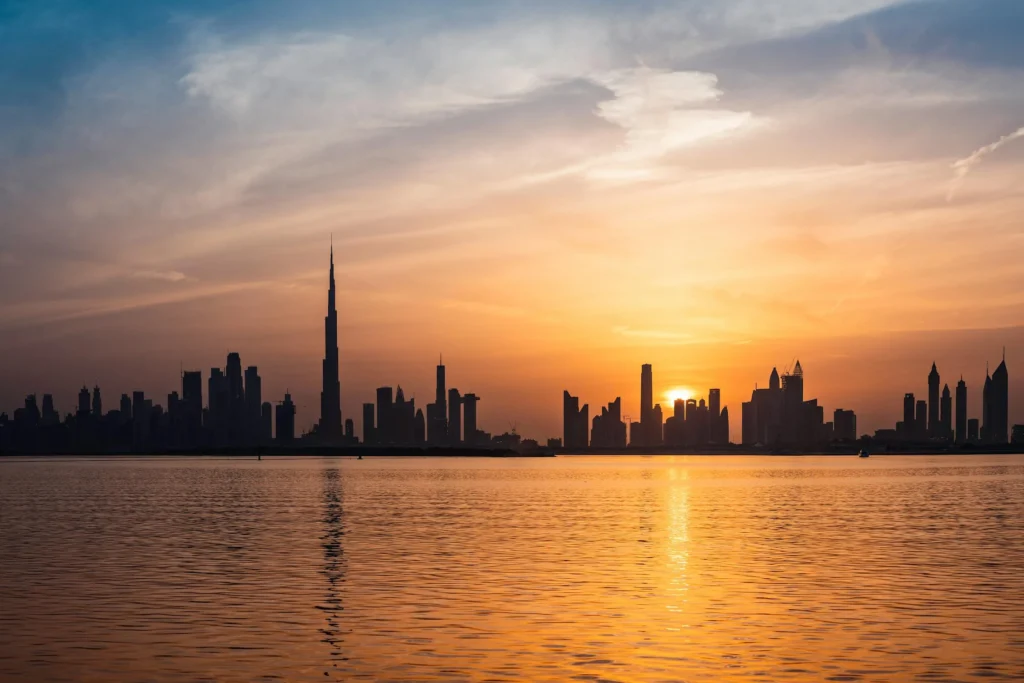
Tips For Efficient City Exploration
When you’ve only got 48 hours in a European city, every minute counts. Efficiently navigating through iconic landmarks, local eateries, and immersive experiences can feel like a juggling act, but with some well-thought-out strategies, it’s entirely possible. Let me break this down into bite-sized advice to make your whirlwind trips as seamless as they are unforgettable.
Getting Around Quickly: Transit Passes, Bike Tours, And Walkable Districts
Transportation can shape your trip. Transit passes in cities like Paris or Vienna save time and money, while bike tours in Amsterdam or Copenhagen offer a quick, immersive way to explore.
Some cities are best enjoyed on foot. Walkable gems like Florence and Prague invite you to wander their alleys, stumble upon hidden plazas, and enjoy street performances. Comfortable shoes are essential—you’ll cover more ground than you expect.
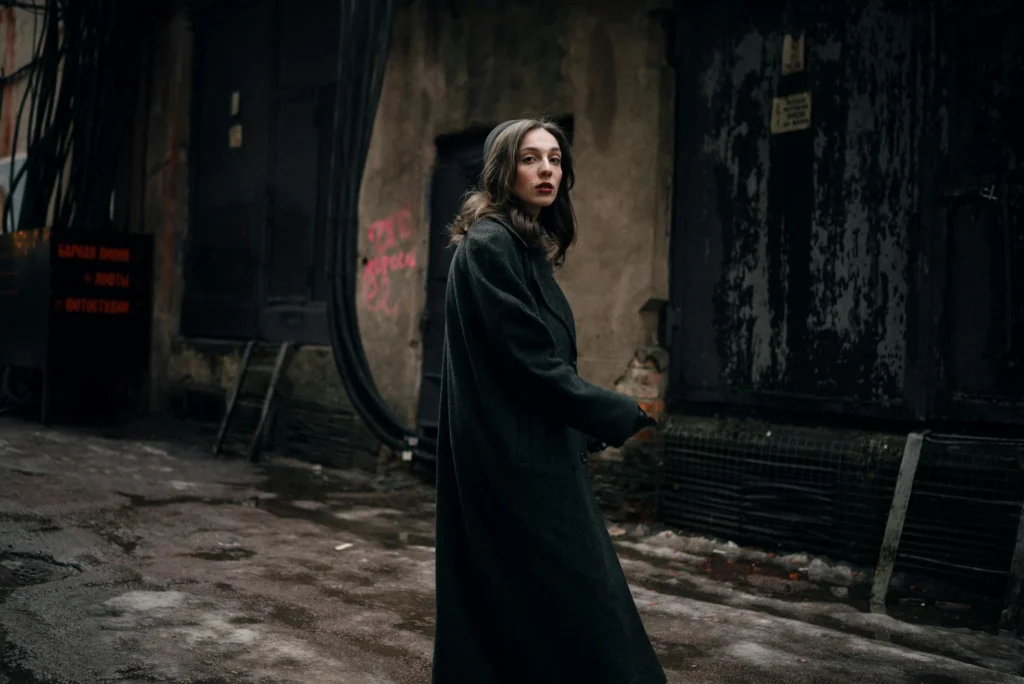
Packing Essentials For A Fast-Paced Trip
Packing light is key for short trips. A compact backpack that meets carry-on rules saves time at airports while holding all your essentials. Prioritize comfort and practicality to make the most of your journey.
Don’t forget a portable charger for your phone, comfortable shoes for long days, and a reusable water bottle for cities with public fountains. A light rain jacket or small umbrella is also a must for Europe’s unpredictable weather.
Saving Time And Money: Avoid Tourist Traps, Combo Tickets, And Off-Peak Travel
Save time by avoiding tourist traps and long queues. Research reviews beforehand to spot overhyped spots and consider combo tickets, like Park Güell + Sagrada Familia in Barcelona, to save money and simplify entry.
Plan smart by avoiding peak hours (mid-morning to 3 PM) and opting for early mornings or late evenings at attractions. Weekdays are typically less crowded than weekends, helping you enjoy a smoother, stress-free 48-hour trip. For more inspiration on 48-hour adventures, check out our in-depth guide to48-Hour City Escapes filled with additional itineraries.
Budgeting For A 48-Hour Trip
Planning a 48-hour city break in Europe doesn’t have to break the bank. With a little research, you can tailor your trip expenses to suit any budget, whether you’re on a shoestring, prefer mid-range comfort, or are ready to splurge. Here’s how to plan your costs for an unforgettable two-day escape.
Affordable Options: List Budget Hostels, Street Food, And Free Attractions
Traveling on a budget doesn’t mean missing out. European hostels, like Generator or Flying Pig, offer dorms, social events, and meals for as low as $20 per night.
For food, rely on street vendors and markets. Enjoy affordable eats like falafel in Berlin, pizza al taglio in Rome, or baguette sandwiches in Paris—all usually under $10. Dive deeper intoMust-Eat Foods In Europe to discover what to prioritize during your meals abroad.
When it comes to activities, take advantage of free attractions and walking tours. Cities like London have completely free museums like the Tate Modern, while Budapest offers lovely strolls along the Danube. Don’t forget parks, which are free gems for people-watching and relaxing.
Mid-Range Options: Suggest Boutique Hotels, Mid-Range Dining, And Guided Tours
With a bit more to spend, enjoy boutique hotels like Mama Shelter for chic stays, often with breakfast or discounts. Mid-range restaurants ($20-$30) offer authentic dishes like schnitzel in Vienna or paella in Madrid, perfect for a memorable meal.
Invest in small guided tours for cultural immersion. Options like Florence’s piazza tour or Prague’s beer tasting (around $20-$50) add value and deeper insights to your trip.
Splurge-Worthy Experiences: Highlight Luxury Stays, Fine Dining, And Exclusive Tours For Those Willing To Spend More
For a luxurious escape, stay in opulent hotels like the Ritz Paris or Berlin’s Hotel Adlon, or opt for unique lodging like private villas or historic castles.
Indulge in fine dining at Michelin-starred restaurants for $150+, or splurge on exclusive experiences like private art tours in Florence, wine tastings in Bordeaux, or hot air balloon rides in Cappadocia for unforgettable memories.
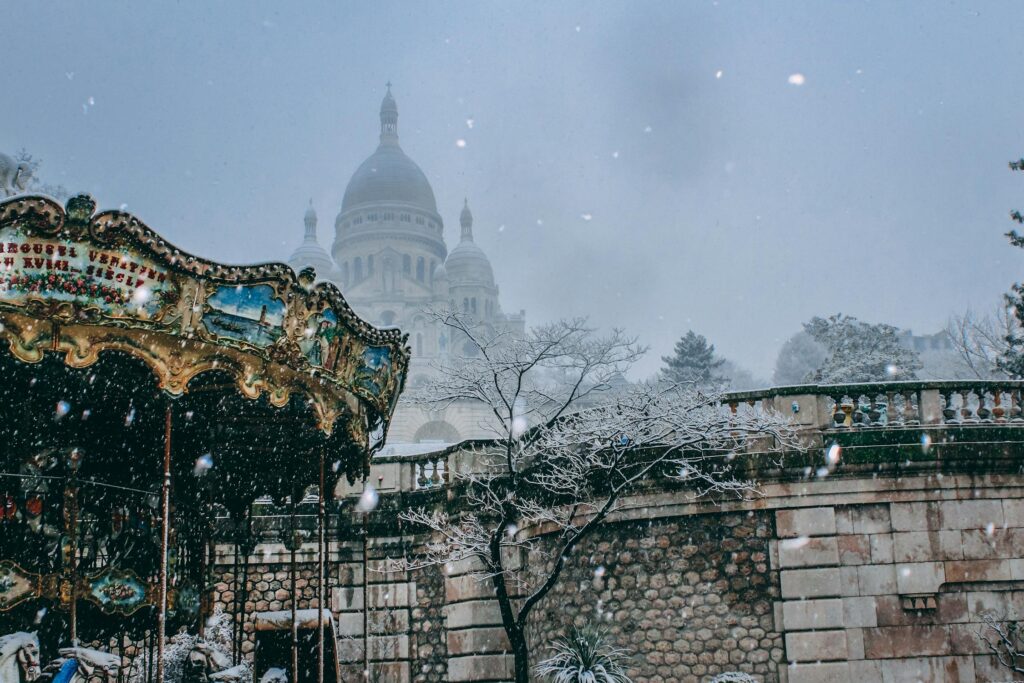
Final thoughts
A 48-hour trip can be far more enriching than it seems. Each city mentioned offers a slice of history, flavor, and character, showing that even brief escapes can create lasting memories. Whether it’s sipping coffee in Florence or relaxing in Budapest’s thermal baths, these destinations prove the power of slow travel—even on a fast timeline.
Short trips are a perfect way to sample Europe’s charm without overwhelming your schedule. They might even inspire you to plan longer returns in the future. Until then, a weekend adventure is all it takes to nurture your wanderlust.
